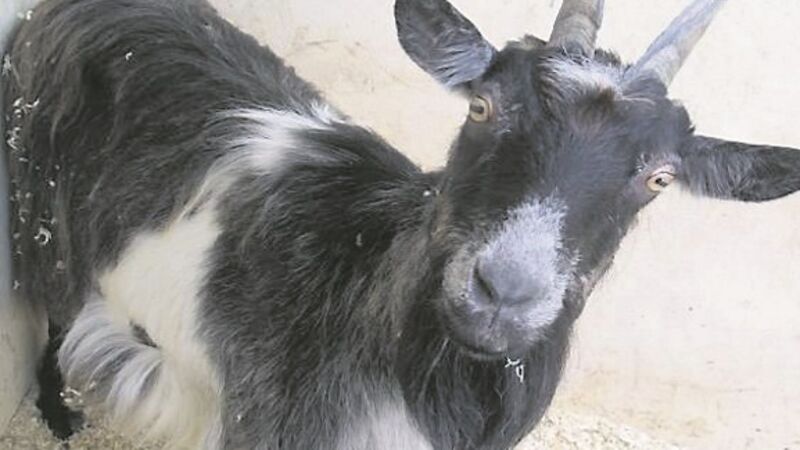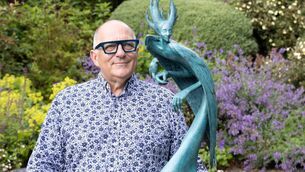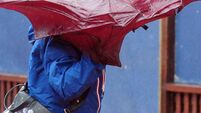Old Irish goats deserve to be nurtured

Mulranny, in the shadow of the Nephin Beg Mountains on the north shore of Clew Bay, is a hill-walker’s paradise. Terns gathered in the harbour last week. Preparing to fly south for the winter, they were harassed by a piratical Arctic skua. Meanwhile, brent geese were on their way from the Canadian Arctic. Ballycroy National Park, to the north, is Ireland’s first ‘dark skies’ reserve. It’s a vast expanse of blanket bog with deer grouse and golden plover.
The area, it’s claimed, is home to another animal celebrity; the ‘old Irish’ goat. In 2013, a disused garda station, just outside Mulranny, became the Old Irish Goat Visitor Centre. Closed for renovation at present, it is expected to reopen shortly.













